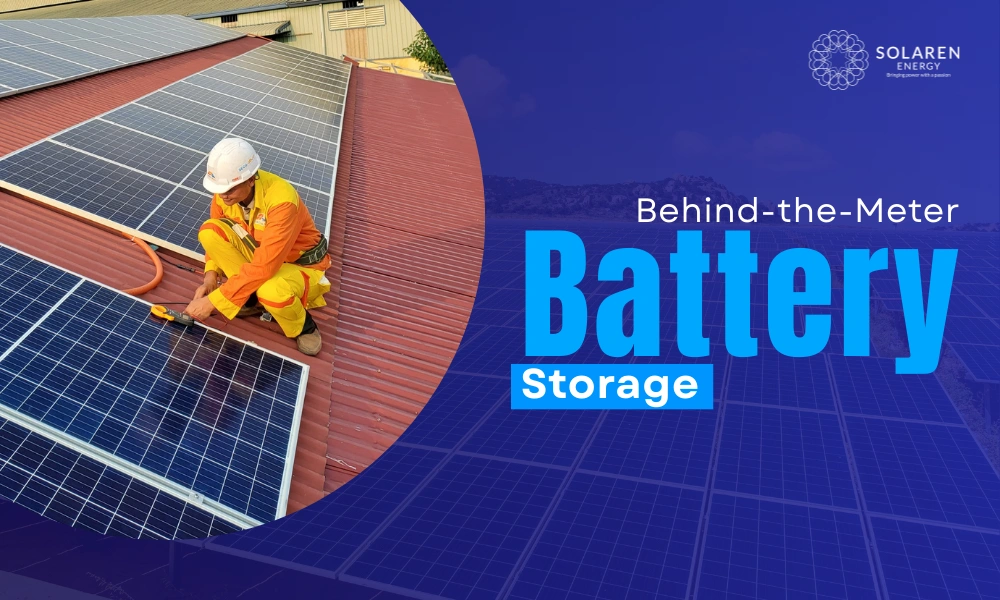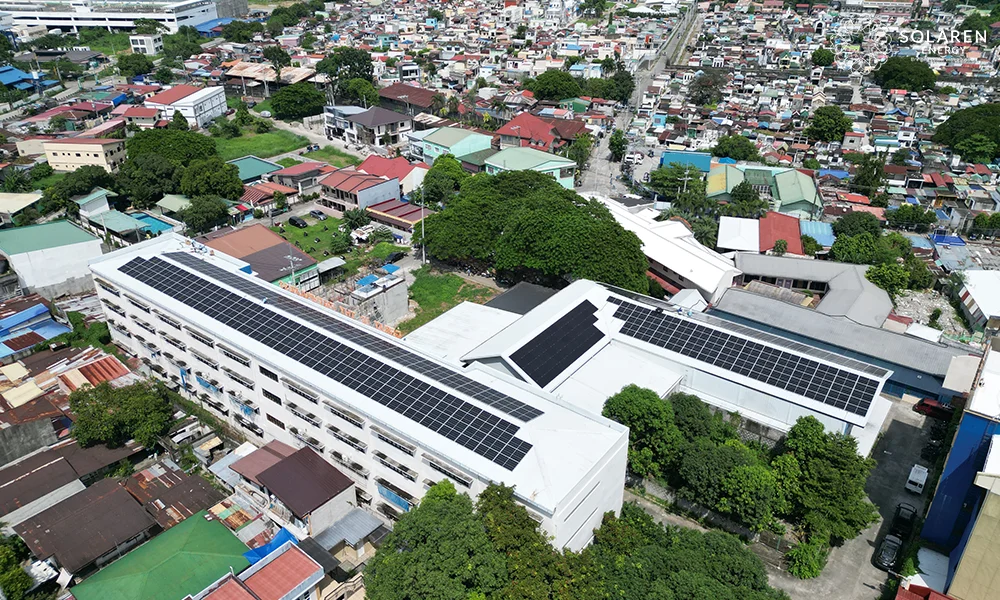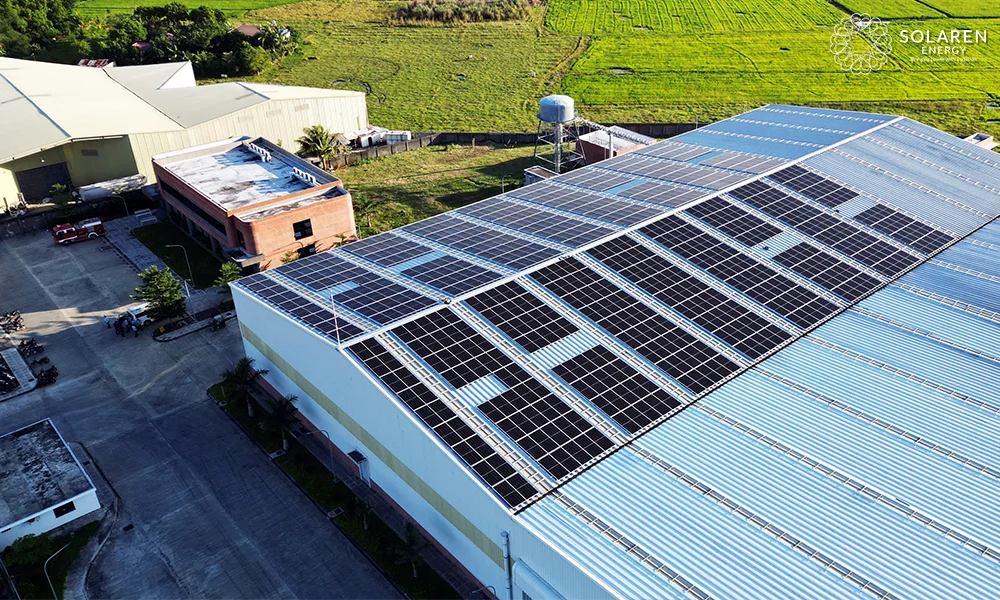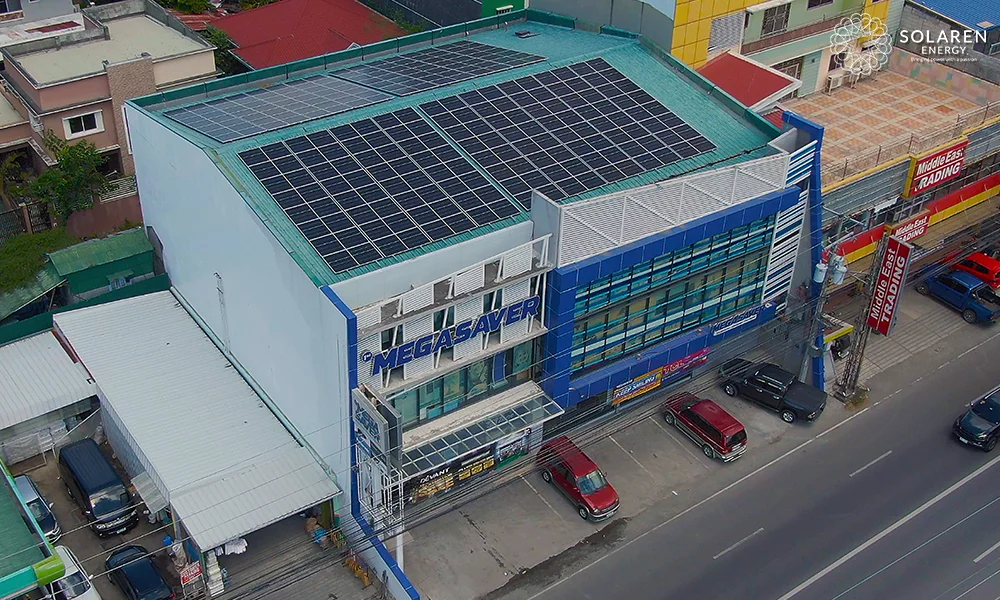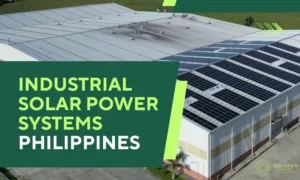As the Philippines continues to face unstable grid conditions and soaring electricity costs, forward-thinking businesses are turning to behind-the-meter battery storage (BTM) to take control of their energy use. Unlike backup generators or traditional solar setups, BTM storage systems offer an integrated approach that provides real savings, operational continuity, and strategic flexibility.
What Is Behind-the-Meter Storage?
Behind-the-meter storage refers to battery systems installed within a facility’s own electrical infrastructure—after the utility meter. These systems allow energy to be stored and consumed on-site before any interaction with the main grid. Whether charging from solar panels or off-peak grid supply, the power is dispatched when it’s most valuable—during peak hours or unexpected outages.
By managing how and when power is used, Filipino enterprises gain financial and operational advantages that traditional systems simply can’t offer.
Key Benefits for Businesses in the Philippines
- Peak Shaving – Discharge stored power during afternoon or early evening spikes to avoid costly peak tariffs.
- Seamless Backup – Maintain continuity during brownouts and voltage dips, protecting equipment and revenue.
- Tariff Optimization – Shift energy consumption from expensive peak slots to low-cost time blocks using automation.
- Export Incentives – Earn ₱5.638/kWh by exporting stored solar to the grid at night, as allowed under net-metering rules.
How the System Works
A BTM storage system typically pairs with a solar installation Philippines businesses already have or plan to install. During the day, solar panels generate electricity—some of which is stored in batteries. Smart energy management software monitors grid prices, facility load, and battery status in real time, deciding when to store, discharge, or export power. Hybrid inverters manage both AC output and storage functions, ensuring smooth, efficient transitions.
Sector Applications
- Cold Chain Logistics – Batteries support compressors during grid failure, preventing spoilage.
- Retail Chains – Lighting, point-of-sale systems, and refrigeration stay operational during peak rate periods.
- Call Centers – Ensure uninterrupted connectivity during outages with 2–4 hours of seamless runtime.
- Food Manufacturing – Keep critical production lines running to avoid waste and downtime.
Partnering with a renewable energy company Philippines, like Solaren, ensures these systems are tailored to each site’s real-world energy needs and business priorities.
Battery Technologies for BTM
- Lithium Iron Phosphate (LFP) – Offers over 6,000 cycles, strong safety profile, ideal for daily use
- Vanadium Flow Batteries – Durable, long-life storage suitable for industrial-grade applications
- Sodium-Ion Batteries – A lower-cost alternative on the rise, expected to gain market traction by 2026
Each technology offers different advantages depending on discharge frequency, budget, and space availability.
Incentives and Policy Support
The Energy Regulatory Commission officially recognizes behind-the-meter battery storage as part of renewable energy storage solutions. This brings several key advantages:
- Eligible to earn night-time export credits
- Contributes to Renewable Portfolio Standard (RPS) compliance
- Included in Green Energy Option Program (GEOP) support measures
By working with a solar power company like Solaren, businesses benefit from turnkey service—handling permits, net-metering filings, and DOER submissions without extra administrative burden.
Real-World Case: Distribution Hub in Quezon City
A 500 kW rooftop solar array at a logistics hub in Quezon City was paired with a 280 kWh LFP battery bank. With intelligent load-shifting software in place, the hub reduced monthly peak demand by 38% while exporting surplus power to the grid at night. Over time, the site has cut electricity bills by more than ₱600,000 per quarter. The system paid for itself in under four years and now acts as a fail-safe during power disruptions, supporting dock operations and cold storage.
System Deployment and Maintenance
BTM battery systems typically take less than 60 days from procurement to commissioning. Installations feature:
- Smart enclosures with fire-retardant linings
- Automated gas extraction and overcurrent protection
- Remote performance monitoring and battery diagnostics
Annual maintenance costs average below ₱85 per kWh of installed capacity—far less than the financial toll of a single production outage.
Financing Models That Work
Most behind-the-meter storage systems are financed alongside commercial solar energy systems, with blended loan terms ranging from 3–5 years at 6–8% APR. Other options include:
- Energy-as-a-Service: Businesses pay only for the kWh they use from the battery
- Performance-Based Leasing: System providers assume risk while customers benefit from guaranteed performance
With falling battery prices and growing demand for resilient infrastructure, these models are becoming more popular among small and mid-sized enterprises.
The Outlook for BTM in the Philippines
With behind-the-meter battery systems now recognized as part of Sustainable Energy Services, their adoption is expected to accelerate across sectors. As grid constraints, tariff spikes, and ESG pressures intensify, early adopters will gain a substantial edge. From cost savings to compliance to uptime protection, BTM systems position businesses to thrive in a challenging energy landscape.

